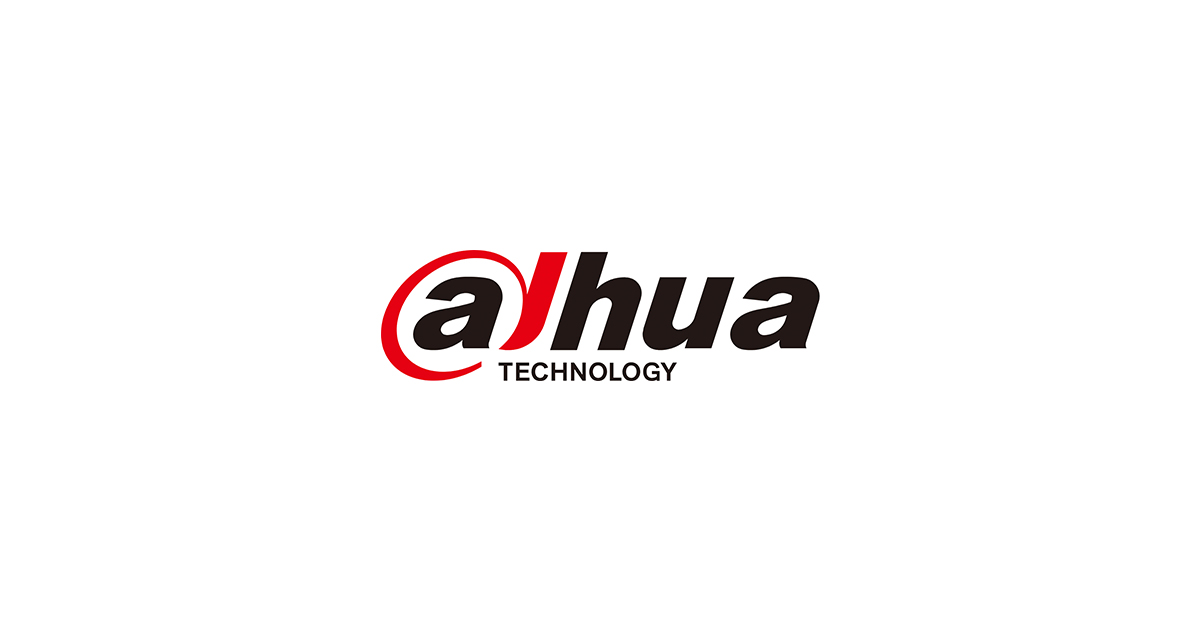OK, thank you very much. I will keep that in mind.
To the list of these two cameras, I had also thought of adding a third one, which is the PTZ85260-HNF-PA.
See that one has the worse minimum illumination specs of the ones you added, but how can a 2MP on a 1/1.8" sensor need more light than a 4MP on the same 1/1.8" sensor?
It isn't an apples to apples comparison.
What you are failing to realize is there is more "pixel screen" material on the 8MP, so two cameras of different MP on the same size sensor will result in the higher MP having more opaque "screen" material that impacts how much light gets thru. So two different cams on same sensor means the lower MP will allow more light on the sensor.
Use a Window for example. Which one is clearer to look thru the one with a screen or one without? The more holes a screen is produced with, the more material there is as well.
These sensors are small and we need to get as much light to them as possible.
An analogy to try to understand why cameras need so much more light - let's look at an 8MP camera and this 8MP needs at least four times the amount of light as a 2MP for the same sensor. The sensor size is the same in each camera, but when you spread the "screen" of 8MP worth of pixel holes across the same sensor, it now has 4 times the holes, but also 4 times the "screen material" than the 2MP.
Kind of hard to explain, but lets try to use a window screen as an analogy - take a window where the opening is fixed - that is the sensor - you add a screen to it (that represents 2MP) and looking out through the screen is a little darker outside because of the screen material. Now replace that screen with one that has four times the amount of holes (now it represents 8MP) and it will be darker looking through it because (while the resolution would be better) there is a lot more screen material.
So if your house is like most where the top pane is glass with no screen and the bottom half is window with the screen and you see something outside during the daytime - do you sit down to look out through the screen or do you stand up to look a the object through the window with no screen?
And that is accentuated even more at night time. Look out your window with and without the screen and it will be darker looking through the screen than without it. If you are looking out your window to see the stars or the moon, do you look out the part of the window with the screen, or the upper portion without the screen material?
Now obviously as it relates to a camera, you need to balance the amount of pixel holes with the screen material - too few holes (and thus less screen material) and the resolution suffers, and too many holes (and thus more screen material) and the more light that is needed.
Look at a window screen and available meshes. The actual window opening does not change size, so that is the sensor. The screen material is the "pixel screen" that makes up the MP. Which one of these is going to let more light thru?
So if you are taking a 22 mesh screen and trying to get the same amount of brightness thru into the house as the 4 or 14 mesh screen, it will need A LOT more light.
A close comparison would be the 22 mesh screen is an 8MP and the 14 mesh is a 4MP. So if you have the same amount of light going thru a 14 mesh screen as you do a 22 mesh screen, it will be darker for the 22 mesh screen and any parameter adjustment you do to brighten it (gain, iris, brightness) will add more noise.
Even if the downrez from 8MP to 4MPhappens before any other processing, it is still starting with a darker image than a native 4MP camera so that will introduce more artifacts.
This is how outside sun shades work. The darker/more shade it provides, the more holes the shade has. More holes equals more screen material which means more light that is needed to penetrate it.


